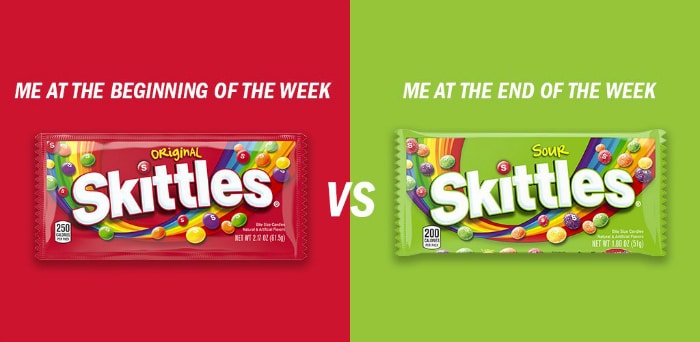
Social Factor
Finding Your Future at SF: Where Growth Meets Opportunity

Have you ever thought about the type of person your brand would be if it came alive? Do you know how your brand would address a company disaster or the announcement of an upcoming change? You should be prepared to navigate any potential conversations and communicate with your audience effectively. If you aren’t, you could lose the opportunity to shape the narrative. First and foremost, your brand needs brand voice guidelines. These guidelines are the foundation for work done throughout any and all departments within your company. Without having a strong and clear brand voice, you aren’t able to create a cohesive environment – on or offline – and you run the risk of becoming what every brand fears: a faceless company that’s easily forgettable and replaceable.

In today’s world, it’s important to be where your audience is; thankfully, it’s easier to do that now than ever before. You have a plethora of information to dive into and consume when it comes to learning more about your audience. With that knowledge comes the expectation that you’ll speak to your audience the way they want to be spoken to. “Well, what does that even mean?” you ask. It means spending the time to really become one with the people you’re marketing to and turning your faceless, easily forgettable brand into a familiar friend. Remember that your brand voice is the personality you get to create, and it needs to be apparent in how you communicate and write as a company.
When it comes to brand voice, consistency is key. And you’ll only obtain that consistency when you have easy-to-read and informative brand voice guidelines to follow. When you’re inconsistent, your audience will take note, and the personality you’re creating will begin to crumble, along with all of its magic. The goal isn’t to be likable – it’s to match the tone and voice of your audience and join in on their conversations as if you’ve been long-time friends. That’s how your brand will shine and inspire people to become brand advocates. For instance, Wendy’s is known for its snarky, witty humor, Skittles is wacky and ostentatious, and Dove and Southwest aim to be positive and encouraging. Then, you also have brands like Dick’s Last Resort, where the staff is intentionally obnoxious, and the goal is to enjoy your meal while being insulted. In each case, the brand voice is spot-on and showcases your potential to connect with your audience.

Even if your brand already has a voice, you should frequently reassess and ask yourself, “Is this the right voice?” How do you know? The right voice informs, engages, and listens. The right voice will also come across as natural and as human-like as possible (unless your brand is into robots.) Your brand voice should also reflect what matters to your company. What’s at the heart of it all? When you can take that heart and put it into your words, you can transform how people view and feel about your brand. If that’s not important, I don’t know what is.
While building out brand voice guidelines, it’s equally important to remember that these guidelines aren’t set in stone. Just as people change, your brand should be ready to change, too. Always actively listen, engage with your audience, and evolve with each new obstacle or accomplishment. At the end of the day, you’ll want to ask yourself, “Is my brand representing what my company holds most dear?”
If you have any questions about optimizing your current brand voice or completely starting from scratch, let us know!

Finding Your Future at SF: Where Growth Meets Opportunity

Transform your Digital Strategy by Using Tech and SaaS for Optimal Resource Utilization

Building Brand Loyalty Through Authentic Human Connection

Sail Through 2025 Social Media Budget Planning with Ease

How Brands Can Navigate Pre-Election Chaos on Social Media

Threads: Is It Worth It Yet?

Jack “Of All Trades” Dorsey Is No Longer on the Bluesky Board

Celebrating Diversity at Social Factor

Coachella 2024: What It Takes to Livestream the Festival on YouTube

How Fort Worth’s Social Factor Is Rocking ‘Human Connection’